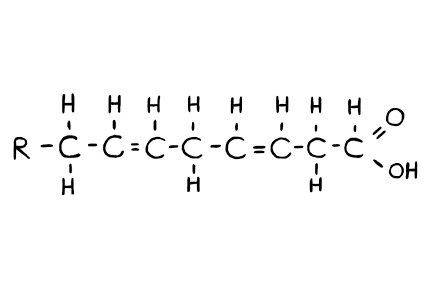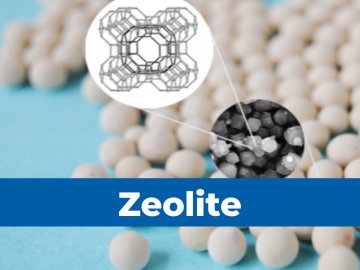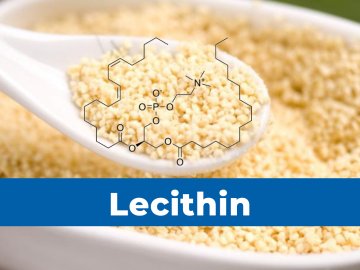
In the spotlight: Fatty Acids
At Castor international, we are proud of our extensive portfolio. In this newsletter we put the spotlight on Fatty Acids (FA). These are fundamental chemical building blocks which result from the splitting of the triglyceride molecules from the glycerin molecule by hydrolysis.
Types of fatty acids
- Saturated fatty acids have double bonds between the individual carbon atoms. Saturated fats tend to be solid at room temperature and from animal origin.
- Unsaturated fatty acids have at least one double bond in the fatty acid chain. These acids are usually liquid and from vegetable origin.
- Distilled fatty acids
- Fractionated fatty acids are obtained by fractional distillation or thermal fractionation. Producers separate fatty acid mixtures into a narrower cuts or even individual component, based on different boiling characteristics of components.
Applications
Fatty acids can be roughly divided into short (C2 - C6), medium (C8 - C14) and long chain Fatty Acids (C16 - C22) ranges. Amongst others, we would like to emphasize the following applications.
Short chain
- C4, Butyric acid as flavoring agent in Food applications
- C4, Butyric acid to improve gut health and animal performance in animal Feed
Medium and long chain
- C8/C10 as alternative for antibiotics in animal Feed
- C12/C16/C18, in development for Bioplastics (biodegradable)
- Textile chemicals (softeners)
- Surfactants for Cleaning, Home and Personal care
Sustainable alternative
Castor International offers a wide range of fatty acids (distilled, fractionated, etc.) and related items. Fatty acids and related products could be your sustainable alternative to conventional chemicals.
If you would like to know more about fatty acids, please contact the Castor International team. We are happy to tell you more.


